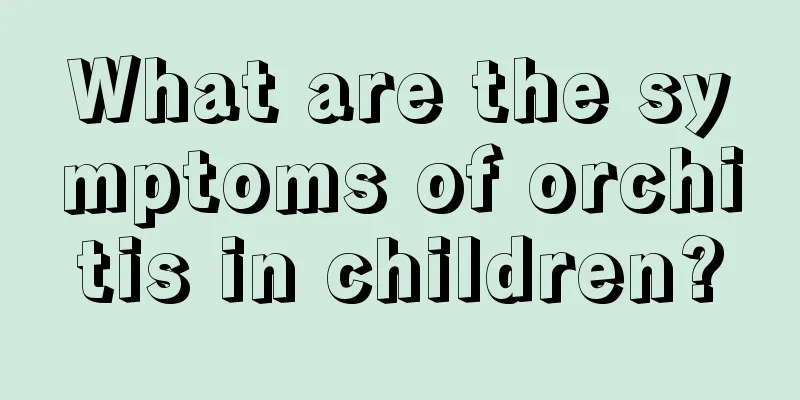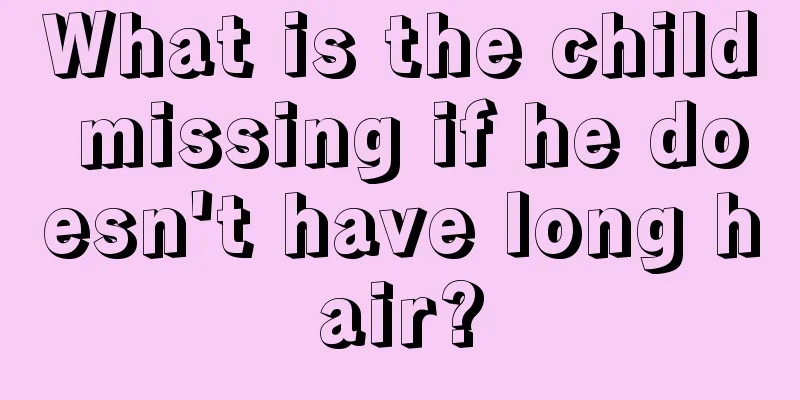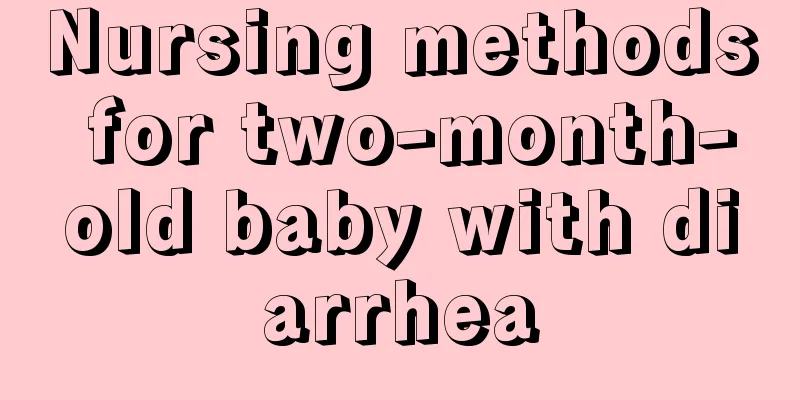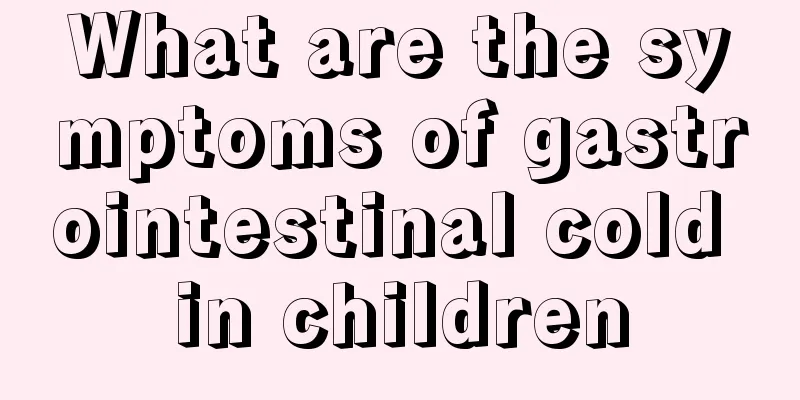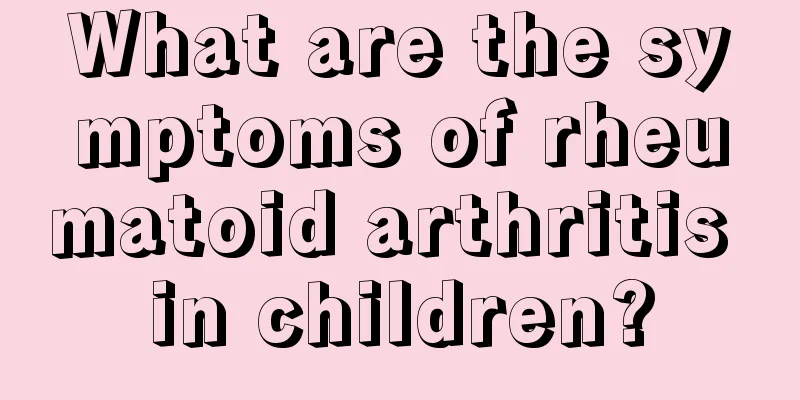What is the cause of the big pimple on the child's body?

|
In the process of taking care of the baby, the baby may sometimes show some phenomena that catch the mother off guard, such as large bumps on the baby's body, and there are many large irregular bumps. This makes the mother not know what is going on and will be very nervous. In this case, it is best to take the baby to the hospital for examination and treatment. Many times, the large bumps on the baby's body are likely to be urticaria. 1. What is urticaria? Urticaria is also called wheals, wind bumps, and urticaria. During an attack, the skin turns red and rashes of varying sizes protrude from the skin surface. They may occur on any part of the body and feel hard and hot to the touch. They look very much like mosquito bites and are extremely itchy. These wheals often occur suddenly and most of the time last for half an hour or a few hours before disappearing naturally without leaving any trace. But it is also possible that just when this part is affected, another part may pop up, and the disease may recur multiple times in a day. Urticaria can be divided into acute urticaria and chronic urticaria. Acute urticaria: Infants and children are generally more likely to suffer from acute urticaria, which is characterized by sudden onset of symptoms. At the beginning, there may be only a few wheals of varying sizes, but the more you scratch, the more they appear, with a burning sensation and severe itching. It usually disappears after half an hour or a few hours without leaving any trace. Chronic urticaria: It is more common in adults. The biggest difference in symptoms is that it lasts for a long time. If it recurs at least twice a week and lasts for more than 6 weeks, it is called chronic urticaria. If your child develops urticaria, you may want to try the following methods. 1. Give your baby a warm bath, he may feel more comfortable; 2. If you don’t take a bath, it’s best to keep your baby’s hands clean at all times and try to avoid scratching. 3. If it is very itchy, you can apply calamine lotion or apply cold compress to the itchy area. 4. If the area of the urticaria is large and the baby appears to be very uncomfortable, you can take an appropriate amount of antihistamines under the guidance of a doctor, such as loratadine syrup, levocetirizine hydrochloride tablets, cetirizine hydrochloride tablets, etc. 5. When urticaria occurs, nausea, vomiting, abdominal pain, diarrhea, and even edema, chest tightness, breathlessness, suffocation, bronchial asthma and other symptoms may occur. If your child has these symptoms, it is best to seek medical attention as soon as possible. |
<<: What to do if your child has neck inflammation?
>>: What causes goose bumps on children?
Recommend
What should I do if my child chokes on water while swimming?
Today's parents hope to cultivate a variety o...
What to give for a baby's full moon
There are two very important times for children, ...
How to replenish zinc deficiency in children quickly
In fact, any lack of nutrients in a child's g...
What to do about living in a noisy area? Will it be harmful to adolescence?
If the area where you live is noisy and the noise...
Baby scalp redness treatment
Many babies have red scalps. This means that ther...
9 and a half month baby development indicators
When the baby is 9 months old, his body enters a ...
Is it okay for babies to drink rock sugar water?
Parents all know that giving sugar to babies is b...
What are the rules for shaving your head on the full moon?
Shaving the baby's head at the full moon is a...
Why does the white of my child's eyes turn blue?
Many mothers will find that their children have b...
Child's head is sweaty and his hands and feet are cold
If a child has sweat on his head and cold hands a...
What food is good for children with cold?
Babies are often prone to catching colds due to t...
Causes of baby anorexia
Babies are at the age of growing up, so the baby&...
How to balance nutrition for teenagers
During the entire student period, high school stu...
What should I do if my five-month-old baby is zinc deficient?
When a baby suffers from zinc deficiency, there w...
Genital development of little boys
We all know that the development of children duri...
